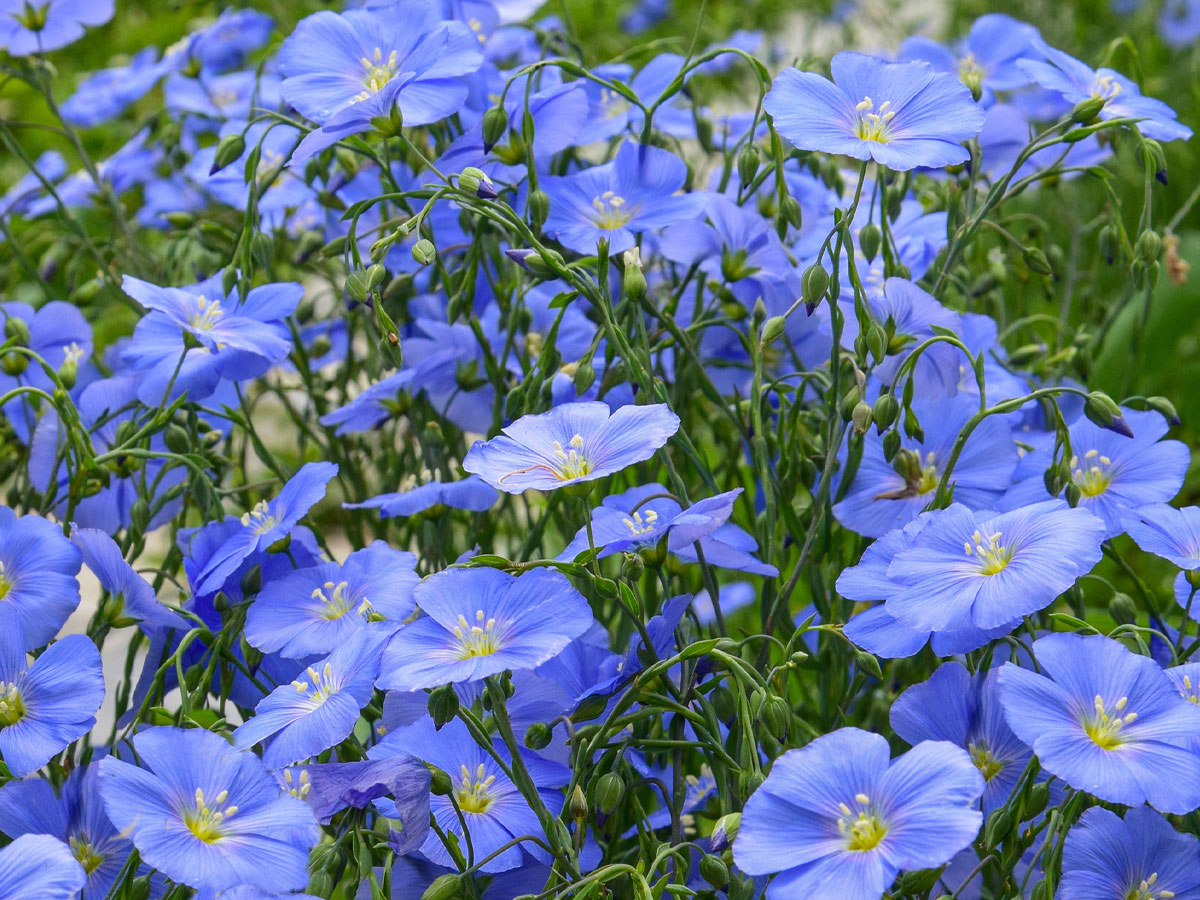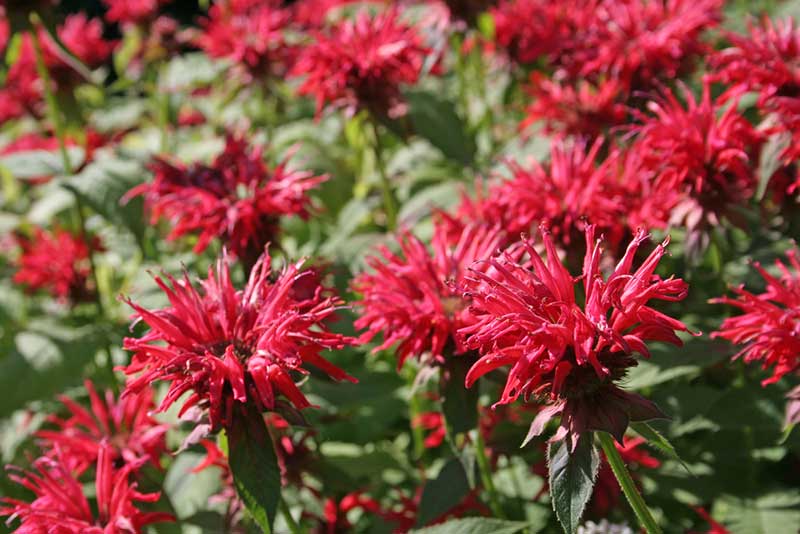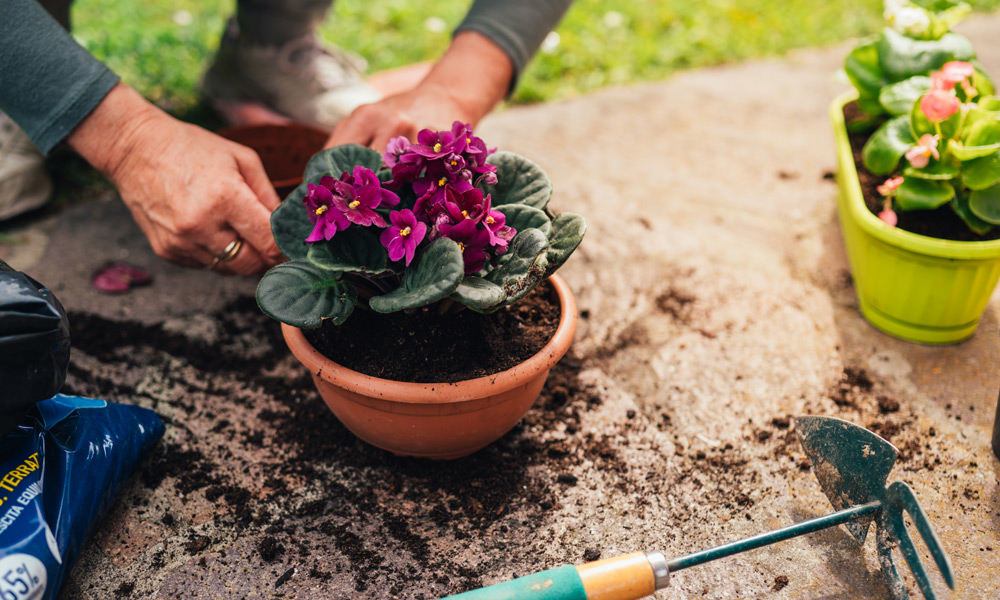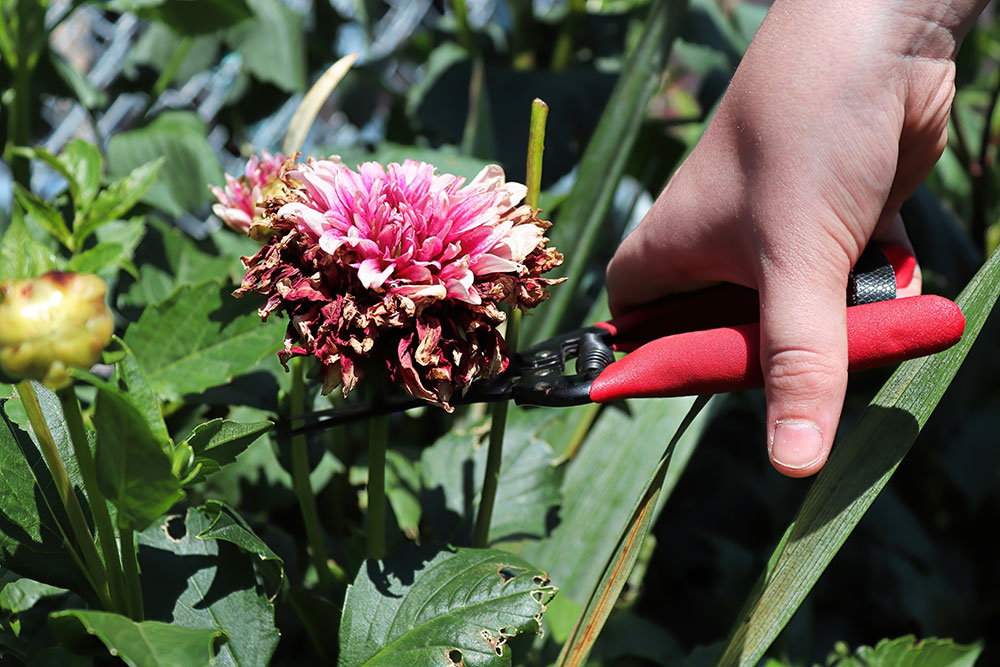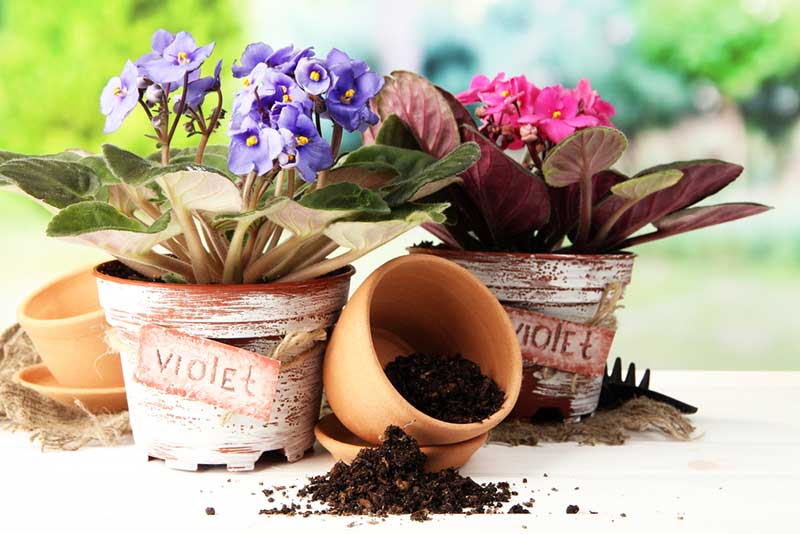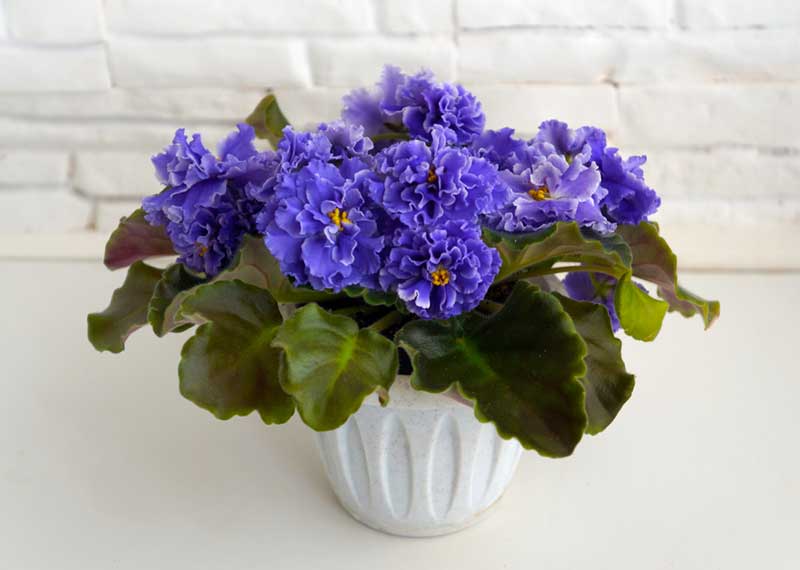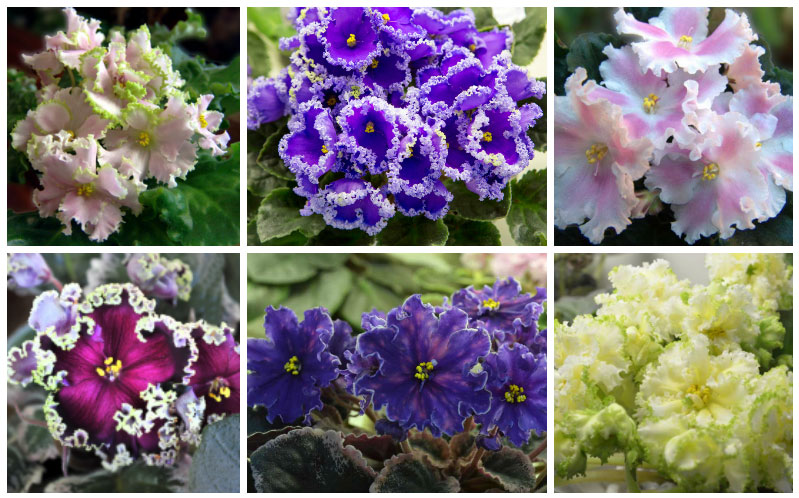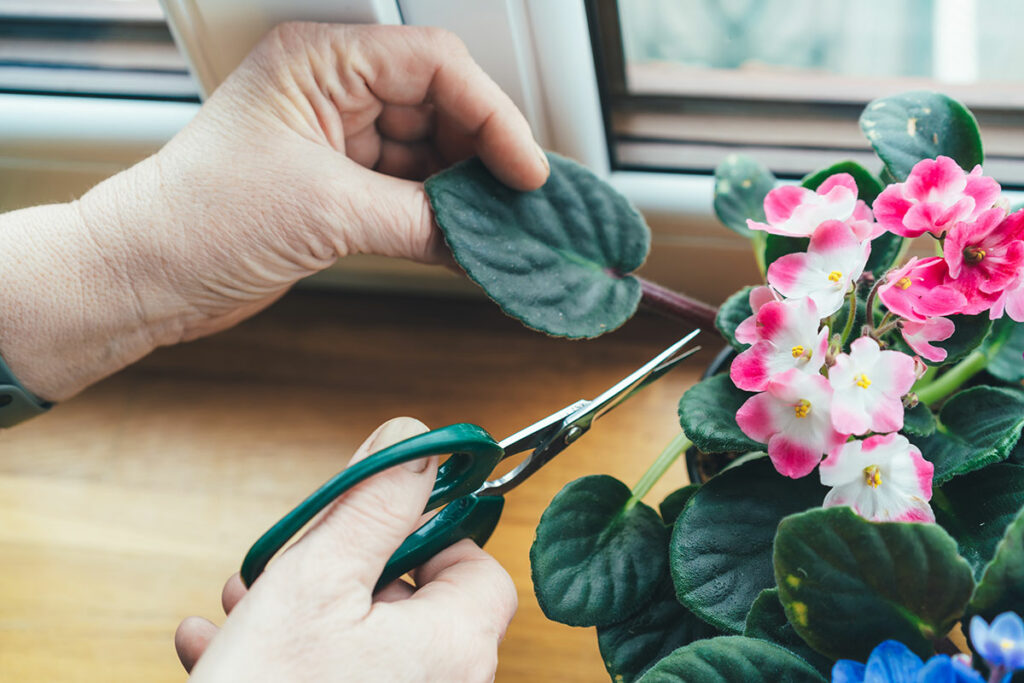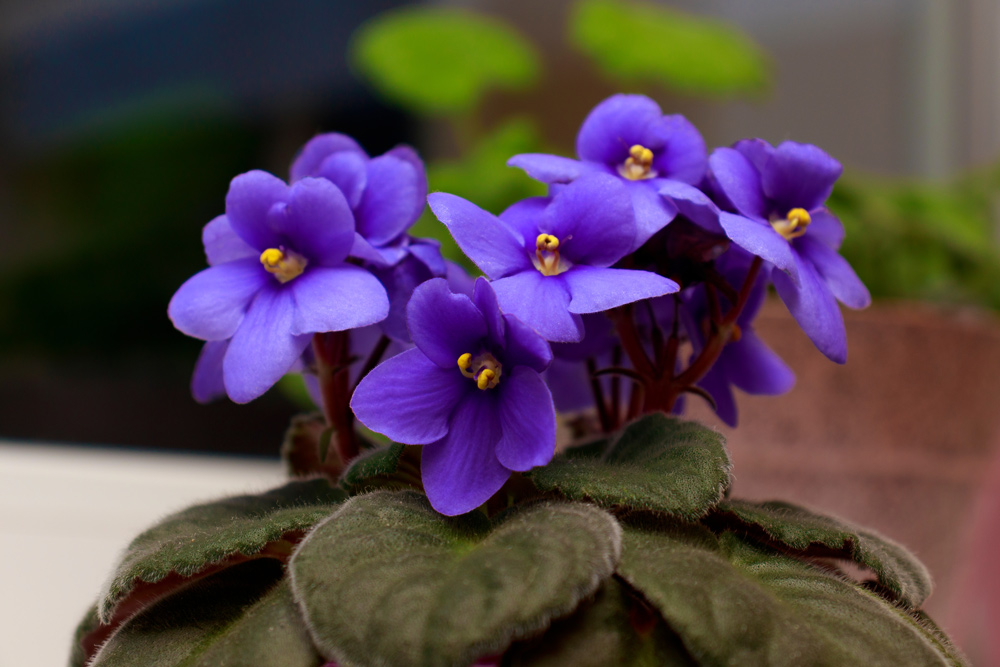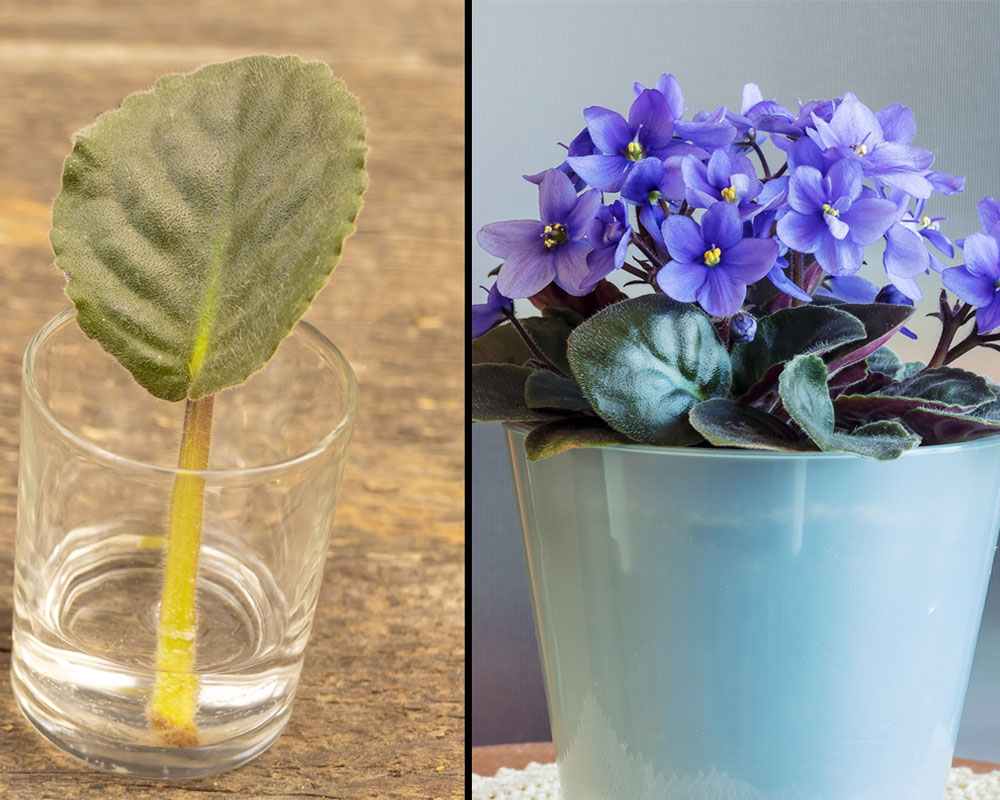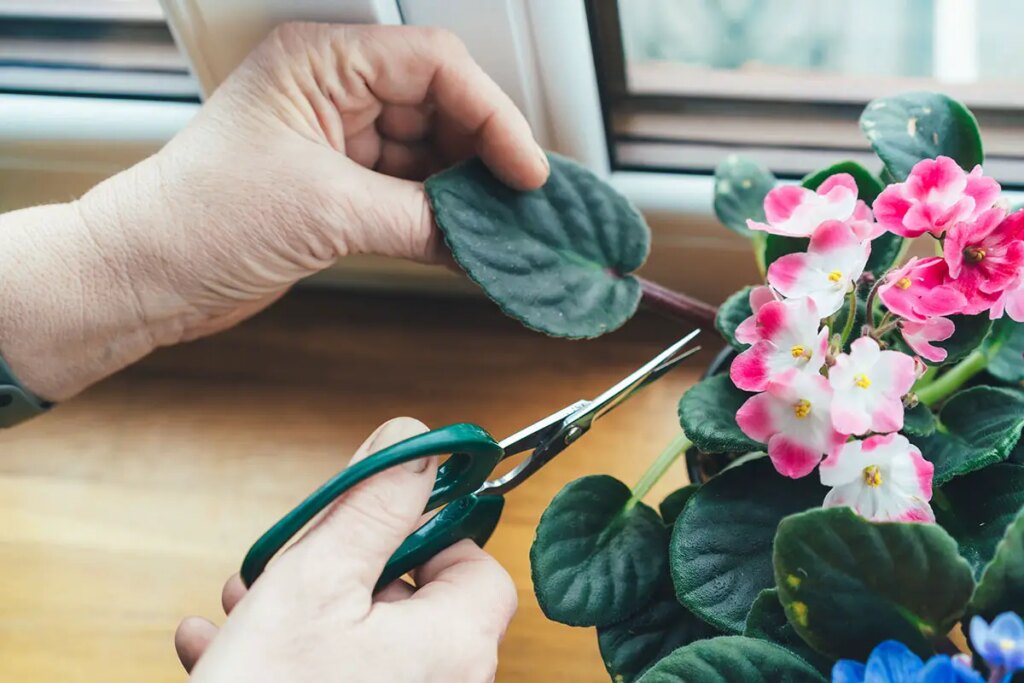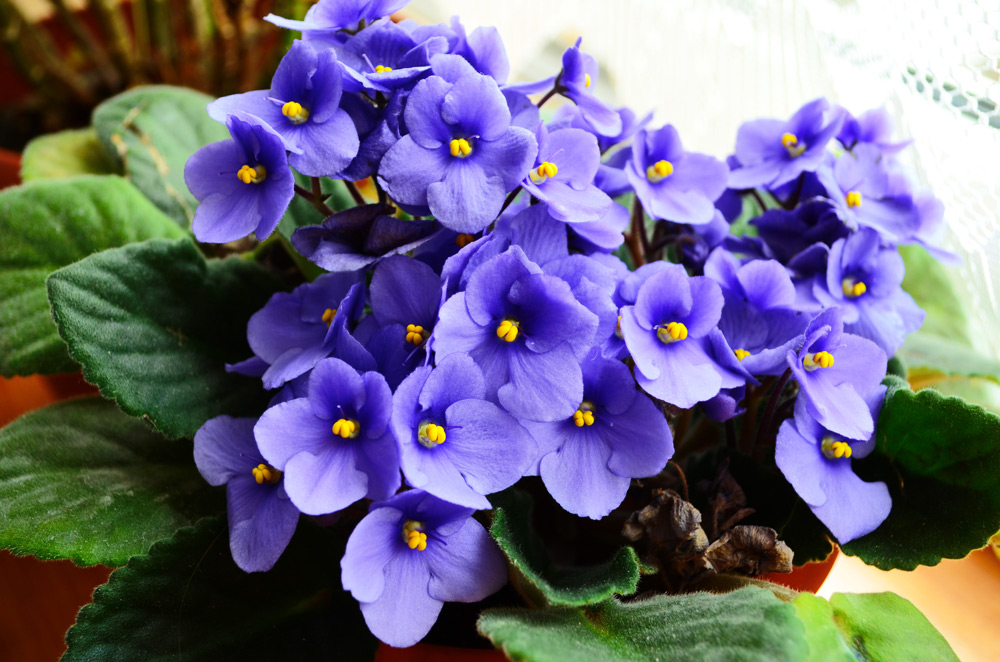
Looking to transform your African violets from shy bloomers into flowering champions? These cherished houseplants are famous for their stunning purple, pink, and white blooms. Yet many plant parents struggle to get them to flower consistently.
Don’t worry – you’re about to discover five game-changing techniques that will have your African violets flowering like never before. These tried-and-tested methods are backed by experienced growers and plant scientists.
1. Master the Light Dance: Finding the Perfect Brightness
The secret to abundant blooms starts with lighting. African violets are particular about their sun exposure – think of them as the Goldilocks of the plant world.
These beauties need bright, indirect light for about 10-12 hours daily. Too much direct sunlight will scorch their delicate leaves. Too little light means no flowers.
Pro Tip: Place your violet near a north-facing window during summer months. In winter, an east or west-facing window provides the perfect amount of gentle morning or afternoon light.
Creating Artificial Sunshine
Don’t have the ideal window spot? Fluorescent lighting works wonderfully for these plants. Position the lights 12-15 inches above your violets for optimal growth. This setup mimics natural daylight and can actually produce better blooming results than window light.
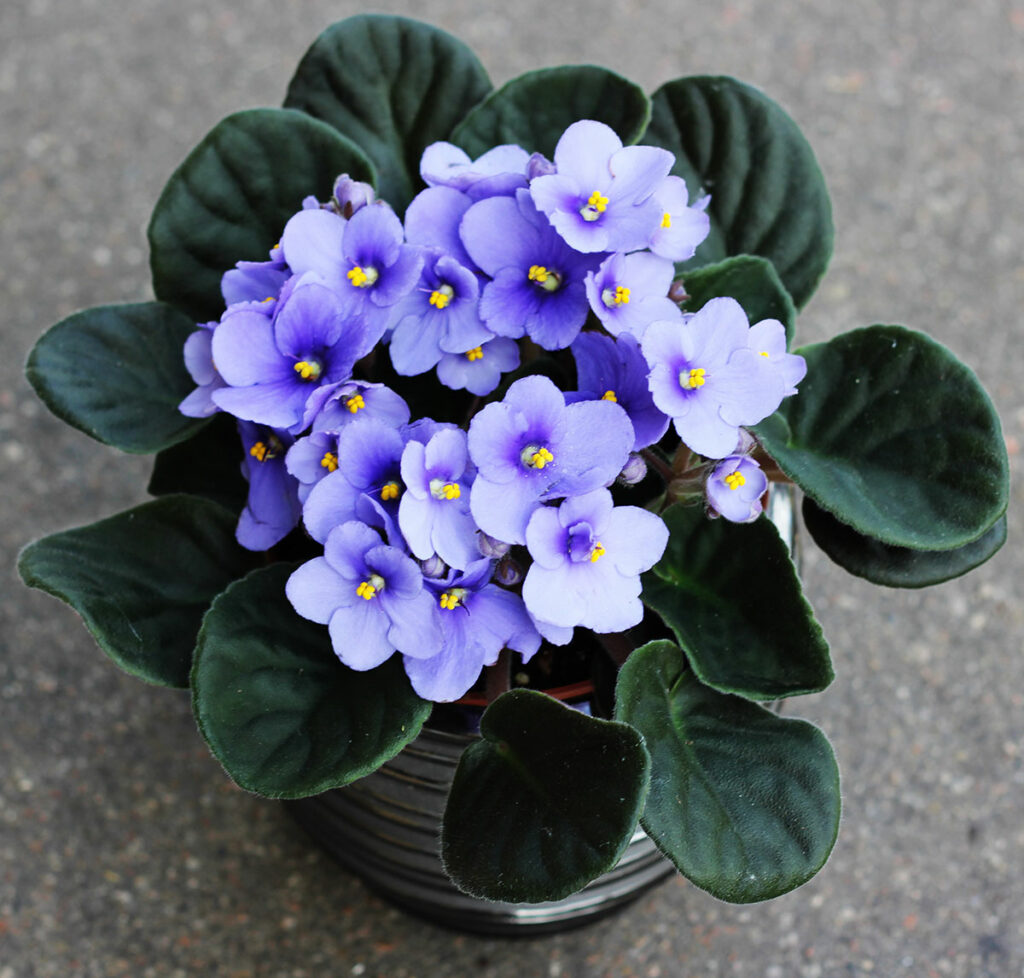
2. Perfect Your Watering Wisdom
The right watering technique can make the difference between a thriving violet and one that struggles to bloom. These plants are surprisingly particular about how they drink.
Bottom watering is your new best friend. This method prevents the dreaded leaf spots and crown rot that can occur when water sits on the foliage.
How to Bottom Water:
- Place your pot in a saucer filled with room-temperature water
- Let it soak for about 30 minutes
- Remove the pot and let excess water drain completely
The soil should feel like a wrung-out sponge – moist but not waterlogged. Your violet will tell you when it’s thirsty through slightly limp leaves.
3. Create a Cozy Climate: Temperature and Humidity Secrets
African violets are comfort lovers. They flourish in the same temperatures we humans enjoy – around 70°F (21°C).
But here’s what many growers miss: humidity is just as crucial as temperature. These plants evolved in the humid forests of Tanzania. They need moisture in the air to thrive.
Humidity Boosting Tricks:
- Group plants together to create a moisture-rich microclimate
- Use a pebble tray filled with water beneath your pots
- Run a small humidifier nearby during dry seasons
- Mist the air around (not on) your plants
4. Feed and Nourish: The Soil and Nutrient Connection
Your violet’s soil preference might surprise you. These plants don’t want heavy garden soil. Instead, they crave a light, airy mix that lets their roots breathe.
The ideal growing medium combines:
- Peat moss for moisture retention
- Perlite for drainage
- Vermiculite for nutrient holding
Feeding for Flowers: Mix a balanced, water-soluble fertilizer specifically formulated for African violets into your watering routine. Feed every other watering during the growing season, but reduce feeding during winter months.
pH Matters
Keep your soil’s pH between 5.8 and 6.2. This slightly acidic environment helps your violet absorb nutrients effectively. You can test the pH with simple strips from any garden center.
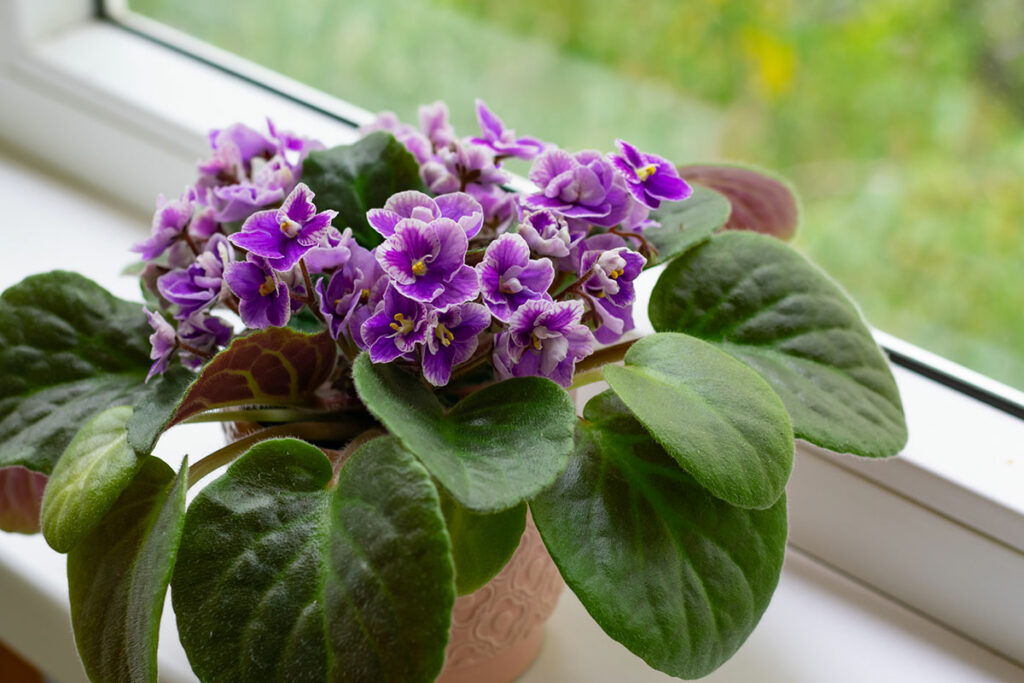
5. Master the Art of Grooming
Regular grooming keeps your African violet focused on producing flowers instead of maintaining old growth. Think of it as a spa treatment for your plant.
Remove spent blooms promptly. This prevents the plant from wasting energy on seeds and encourages new flower production.
Monthly Maintenance Checklist:
- Dust leaves gently with a soft brush
- Remove any yellowed or damaged leaves
- Clear away fallen blooms and debris
- Rotate the pot quarter-turn weekly for even growth
Dealing with Multiple Crown Growth
When your violet develops extra crowns (baby plants), separate them. Multiple crowns compete for nutrients and can reduce blooming. Carefully divide and repot them to create new plants.
Success Signs to Watch For
You’ll know your African violet is happy when:
- Leaves appear bright green and slightly quilted
- New leaves grow in a symmetrical rosette pattern
- Flower stems stand strong above the foliage
- Blooms appear vibrant and last several weeks
If your plant isn’t blooming, don’t panic. African violets sometimes take a short rest between flowering periods. With these care techniques, you’ll soon see new buds forming.
Remember, patience is part of the process. These enchanting plants reward consistent care with stunning displays of color. Keep fine-tuning these methods, and you’ll develop an intuitive understanding of what your African violets need to thrive.

